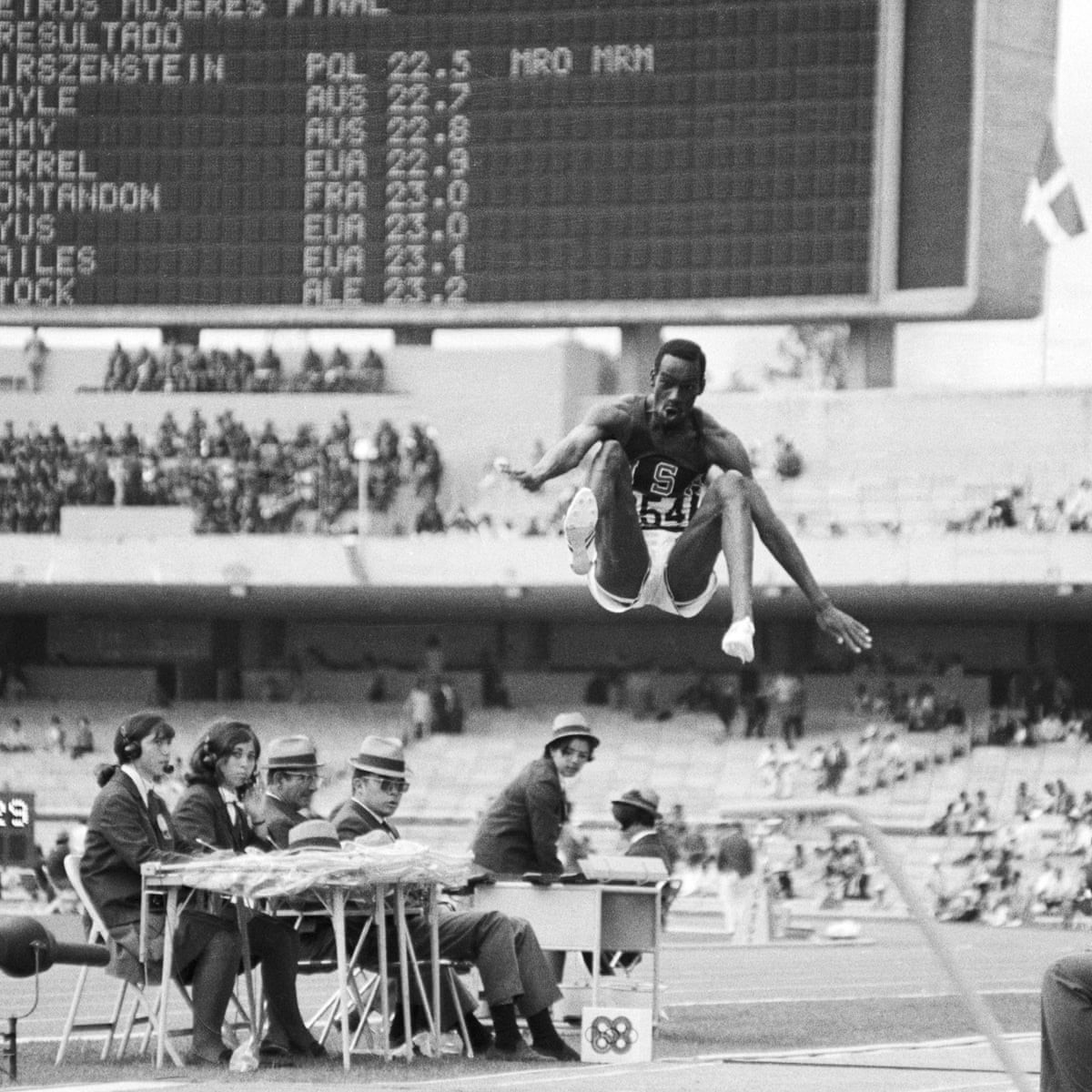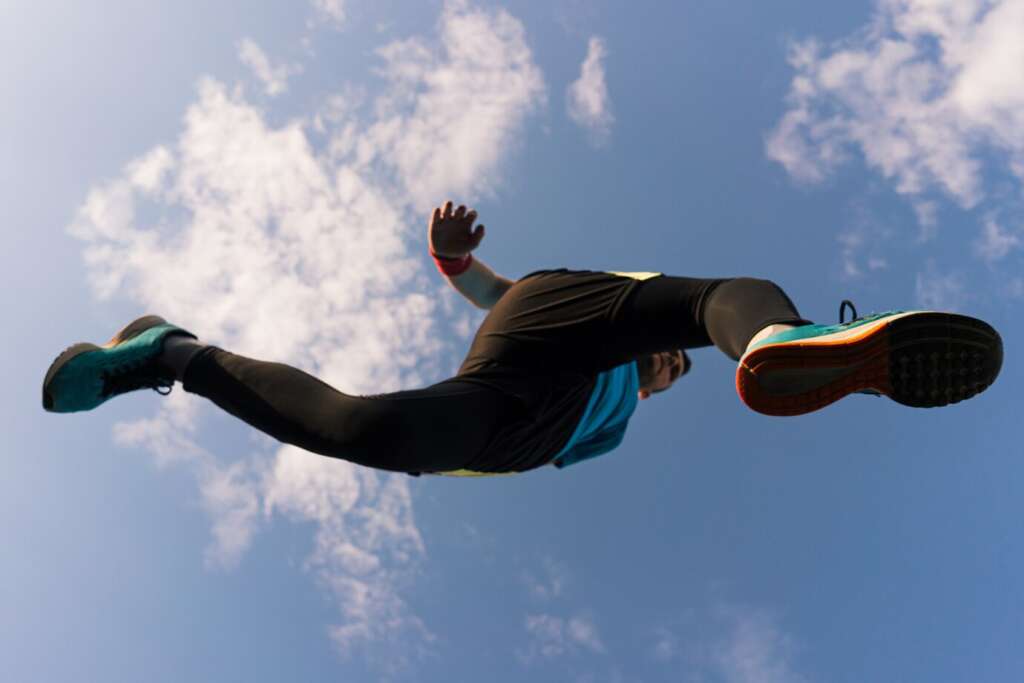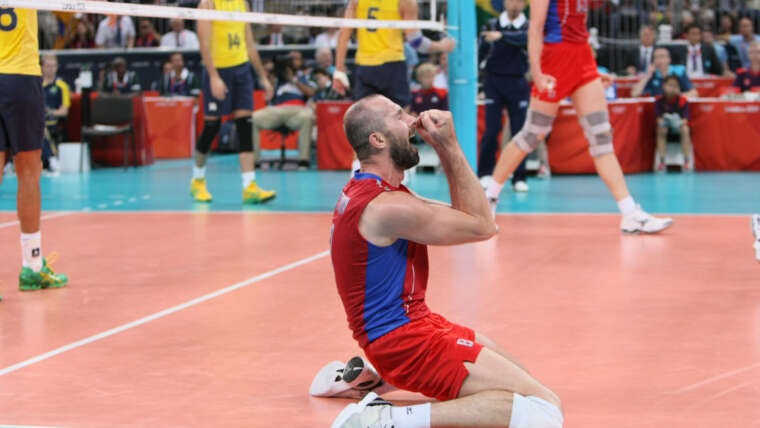It appears that athletes are getting better and better in numerous sports. As time goes on, more and more athletic accomplishments and records are broken, and comparatively few older records are still in use.
Let’s talk about an unbelievable sports accomplishment that shocked the world.
Bob Beamon’s Record-Breaking Accomplishment
6 seconds. All that was needed for Bob Beamon to enter history was those 6-seconds.
In that time, the 22-year-old long jumper sprinted 19 steps down the runway, jumped six feet into the air, glided effortlessly for an entire second, and landed an unbelievable 29 feet, 212 inches away.
Beamon’s astounding performance on October 18, 1968, in Mexico City, set an Olympic record that has never been broken.
Beamon accomplished more than just breaking the previous record. He dared to go where no one had dared to go before. He set a new record for the evening’s long jump by going over 29 feet and a new record by going over 28 feet.
Records are intended to be broken by inches rather than by total destruction. However, Beamon was not a fan of this theory. He cut the previous best by over two feet. He had leaped one foot farther than his previous record, or 1012 inches.
Long Jump Techniques That Are Sure To Work
If you want to do a long jump like Bob Beamon, you can use a couple of strategies to get the job done.
Let’s find out about them:
1. Approach Is Everything
An athlete needs to come at the board with a lot of speed if they want to make a long leap. The quickness serves to build up enough momentum for the leap. Having more speed when an athlete approaches the board will give them more momentum to launch themselves into the air.
The first steps of a long jumper must be swift and forceful. Athletes who approach the starting line at full speed adopt optimal maximum-speed sprinting form as their pace steadily increases throughout the course of the runway.
It is not necessary for a long jumper to have the speed of a 100-meter runner in order to make a significant jump. But they need lightning-fast speed to make it down the runway in time.
Sprint training is essential for long jumpers to build the explosiveness needed for their sport.
The approach run should be done at a pace the athlete is comfortable with as well. This rhythm guarantees the strategy is repeatable for several jumps.
2. Takeoff with Full Confidence
In order to transform runway speed into distance, the runner will gently squat on the third-to-last and previous-to-last steps.
At takeoff, you want to make sure your hips are level with the top of the board. If they are too far in front, your body will have to stretch, shortening the distance of your jump. Hips that are behind the board indicate a lack of forward body projection.
Take off by touching the board with your feet and rolling from heel to toe. When you jump, be careful not to stab the board with your toes. This lessens your ability to exert force when pushing on the board and adds to an ankle injury.
3. Flight Makes All The Difference
The moment you leave the ground behind and soar through the air is known as “flight.” The longer you can stay in the air and get your body ready for landing, the further you will leap.
In order to fly, you can either hang, hitch kick, or sail. Jumpers have the freedom to try out new styles. In the end, it’s up to the jumper to decide which method works best with their physique and personal preferences.
Regardless of technique, the aim of the flight is to prevent the jumper from rotating after takeoff so that they can go further.
Start with the hands in a forward motion, then pull the feet up to the body using your core.
Tips On How To Do Long-Jump Like A Pro
Are you in search of some result-driven long-jump tips for beginners? If so, we have got plenty of tips for you that will help you jump like a professional:
Look Ahead
Good long jumping depends on your head position and where you direct your sight as you approach takeoff.
The top jumpers appear to employ two different types of approaches when running up to takeoff.
The first portion of the run-up is finished utilizing a predetermined rhythm that the jumper has practiced numerous times. They switch to a steering device when they get closer to the takeoff spot (approximately six strides out). At this point, the long jumper’s eyes assume control and work to direct them onto the takeoff board correctly. It’s crucial that you keep your eyes off the board during this steering phase and instead try to take in the information on the side.
You must, in all actuality, be looking straight ahead. You may gauge where the board is in relation to your pace in this way, but you shouldn’t glance down at the board while trying to jump up.
You will slow down if you try to locate the takeoff board, and as we have already established, takeoff speed is crucial for effective long jumping.
Take Off With A Flat Foot
The final step before taking off should be to land flat-footed rather than on the heel or toes. It’s like applying the brakes when you land on your heel. A toe landing is unsteady and weakly propelled.
Instructing some beginners to “slap” their foot on the board or takeoff area is a useful cue.
Feet Together Closely When Landing
The feet don’t have to touch when they land, but they should do so simultaneously and quite near together.
Kids frequently fall with one foot in front of the other, one foot ahead and one foot back, or their feet splayed out sideways. Encourage them to land in a narrow area and to “make one noise” as they contact the sand. Show them their footprints in the sand to underline this and give them comments.
Additionally, you may try making a circle in the sand at the spot where the athlete landed and then teasing them to make a smaller circle the next time.
Final Remarks
When it comes to sporting achievements, Bob Beamon has one of the most inspiring stories, and you can readily picture him as a long-jumper.
Reading his story is not sufficient, though. Follow the aforementioned advice and put the suggested tactics into practice if you want to excel in long-jump sports and be on your path to being a top long jumper.







